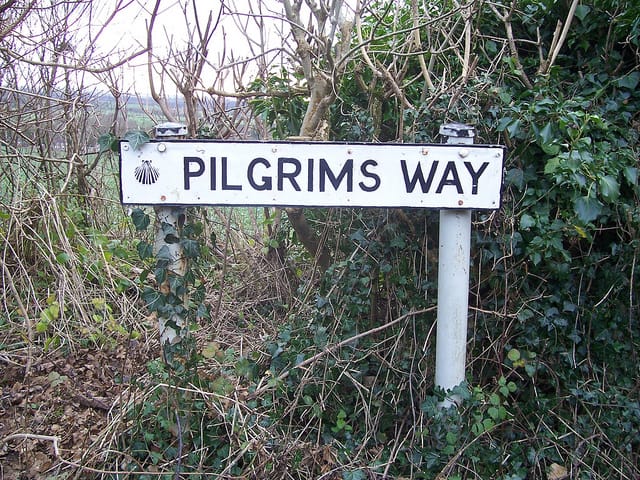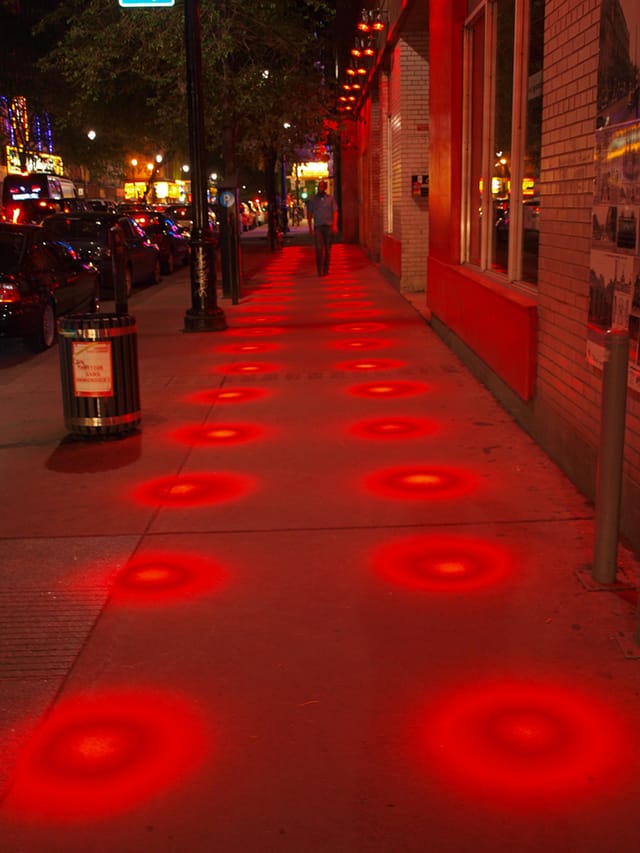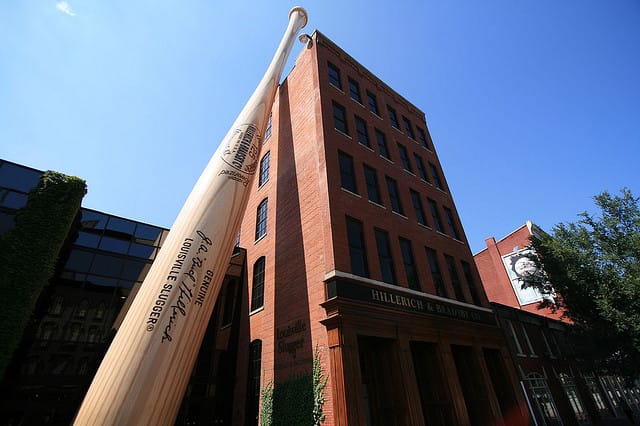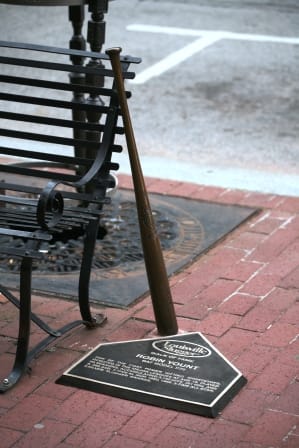Treading the Paths of History, with Art as a Guide
Art can have a unique place in interpretive history experiences by embodying the history of a place with an impactful visual, and making that visual part of the narrative. But it's hard to do well without being overly intrusive or just clashing with the surrounding setting. Here are four examples of

Art can have a unique place in interpretive history experiences by embodying the history of a place with an impactful visual, and making that visual part of the narrative. But it’s hard to do well without being overly intrusive or just clashing with the surrounding setting. Here are four examples of approaches to historic trails told through art.
Way of St. James


Perhaps the ultimate historical trail that makes use of art is one of the most popular pilgrimages of Medieval times, the Way of St. James. The pilgrimage took the devout all the way to Galicia, Spain, to visit the Santiago de Compostela cathedral where the remains of St. James were interred.
All along the way, no matter if you took the route from the French Pyrenees or England or anywhere else in Europe, there were scallops carved by religious sculptors to indicate and mark the route. The shell referenced not just the many lines from several directions that were coming down to meet in one place, but also a story about St. James’ body being lost to the ocean and later washing ashore in Spain covered in scallops. While the Black Death and the rise of protestantism caused the Way of St. James to decline, the route is now an UNESCO site, and you can still spot the sculpted shells embedded in the architecture.

Pendle Sculpture Trail

To mark 400 years since the trial and hanging of the Pendle witches, wherein eight women and two men were executed after being accused of witchcraft in Pendle, England, the Pendle Sculpture Trail launched a project to respond to that history through sculptures out in the area’s Aitken Wood, as Kuriositas describes. Four artists contributed, including Steve Blaylock, who made ominous woodland creatures like bats and spiders out of steel; Sarah McDade, who placed plaques featuring 17th-century herbs and the identities of the witches on tree stumps; and Martyn Bednarczuk, who created a sculpture of a “Witch Finder General.”

However, the most stunning installation was of Philippe Handford’s “Reconnected” sculptures, which use spinal metal frames to reform trees that had been illegally sliced down, much like those men and women who were unjustly cut down in their lives on the basis of only accusations, yet whose memory can be raised again through history.
Red Lights of Montreal

The center of Montreal in the Quartier des Spectacles has been developing a new identity, emphasizing its growing presence of art and branding itself as a cultural hub. Yet there’s a subtle reminder of the area’s history in its unifying use of light. Back in the 1920s, the intersection of Saint Laurent Boulevard and Saint Catherine Street was the main thoroughfare of the city’s Red Light District, with cabarets and others “dens of sin.” Now, in the revitalized neighborhood, red lights project down from buildings onto the sidewalks as an illuminated historic reference.

Louisville Sluggers


It might be the silliest of these three examples, but the Louisville Slugger baseball bat in Louisville, Kentucky, is still an interesting approaching to creating a memory of history through some public art.
The main sight is the “Big Bat,” a replica of Babe Ruth’s own bat that leans against the Louisville Slugger Museum, standing 120 feet tall and weighing 68,000 pounds.
Yet as you move away from the museum down Main Street, you encounter more baseball bats that seemed to have been left propped against benches, fences, and other street furniture. These are bronze casts of famous baseball players’ Louisville Slugger bats, and reference the brand’s history and its relationship with the city.





